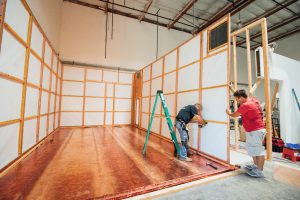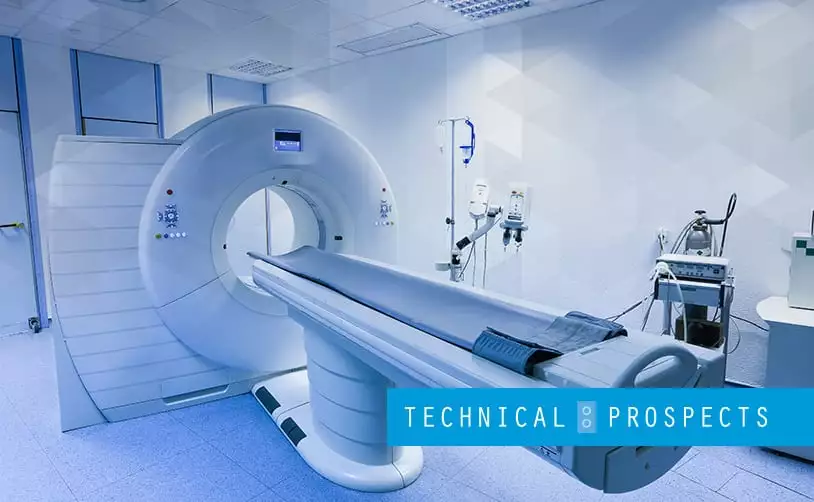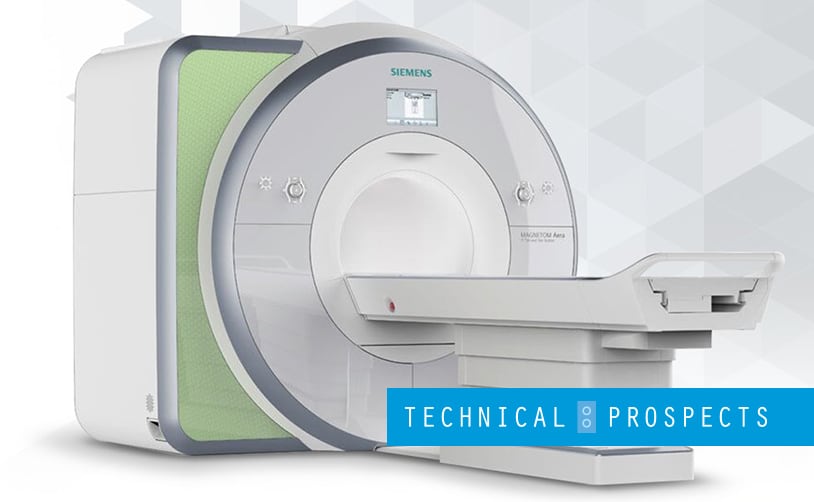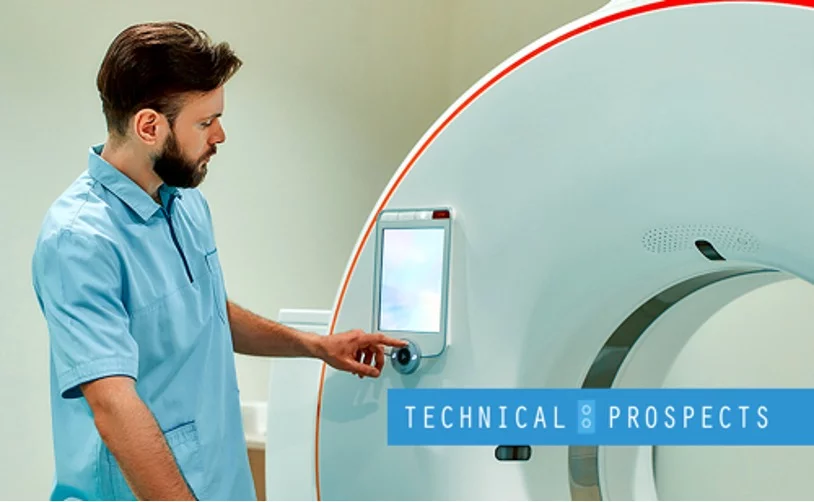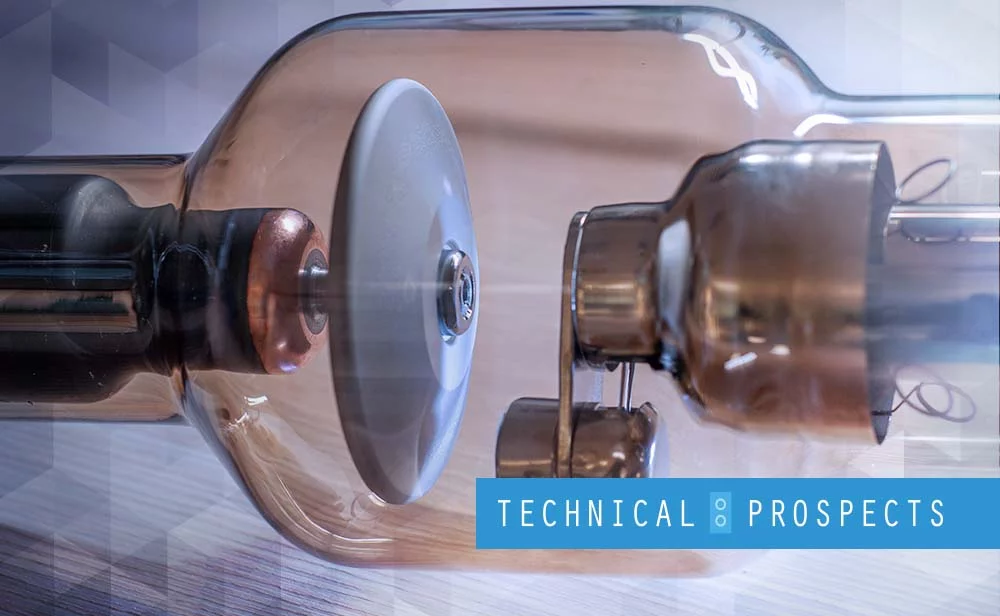Electricity powers so many things in society and its role in keeping our lives functioning is invaluable. However, it is also one of the most dangerous forces on Earth, and mishandling it could lead to tragedy.
Electricity plays a large part in magnetic resonance imaging, and devices like the Faraday cage are essential in keeping an MRI scanner safe to use. Beyond MRI coil repairs and keeping your imaging room at a suitable temperature, you should ensure precise, crisp images free from artifacts, and a Faraday cage or shield allows you to do that.
What is a Faraday cage?
Named after the 19th-century scientist Michael Faraday, this shield can be as small as an actual cage or as large as a room. It acts as a hollow conductor, distributing the charge around the exterior and preventing anything inside the enclosure from becoming an electrical conduit. A Faraday shield also prevents interference of radiofrequency or RF waves, which are emitted by electronic devices.
Faraday cages provide radiofrequency shielding to the scanning room in MR imaging, minimizing the imaging artifacts and producing cleaner pictures. Radiofrequency shielding goes both ways; it prevents external pulses from interfering with the detector while keeping the RF pulses from the machine within the scanning area.
How do you construct RF shielding?
MRI parts form an intricate whole, and the cages that hold them are similarly complex. There are specialized construction firms like ETS Lindgren or National MRI Shielding who can design and build RF-shielded rooms. Ideally, these spaces have three nested components:
- an outer shell providing support and structure;
- a middle, consisting of the metallic radiofrequency shield; and
- an innermost portion with the finished walls, floors, and ceiling.
In RF shielding, one of the most commonly-used metals is copper. Manufacturers attach it to plywood and use it for walls, floors, and ceilings. They solder the joints of these panels together to create the shield. Apart from copper, you could also use galvanized sheet steel. This material must be bonded to a wood core and attached to steel frames. Using galvanized steel is more cost-effective, but it’s more challenging to install in certain areas.
Apart from considering walls, you must also think of the doors, windows, and floor. In RF-shielded rooms, the doors maintain a conductive seal when shut. Also, windows need to have a double-layer metal mesh, which affects clarity but keeps the shield.
Finally, you must consider access to various utilities like HVAC, water, gas, and electricity. Electrical wiring for a room that uses MR scanners or RF machines must pass through a power filter attached to the room’s common ground.
How do you know if an RF shield is working?
After the RF shielding’s installation, you must test it to ensure little to no RF noise in the environment. Testing for radiofrequency noise involves placing a transmitter outside the room and a receiver inside it. The transmitter will emit a specific frequency and RF wave strength, and the receiver will record how much of it enters the room. From this test, manufacturers can determine if anything in the room needs replacing or if the door’s conductive shield needs further evaluation.
Conclusion
Faraday cages or RF shielding are vital parts of preparing an MRI machine for medical use. An MRI scanner needs to work with as little RF interference as possible. It will only achieve this if the hospital management has fitted the room with RF shielding materials.
Ensure that your medical facility serves its patients well with an MRI scanner in working condition. Get your MRI parts and MRI coil repairs from DirectMed. We stock more than 60,000 MRI & CT parts and have a range of available purchasing options. Get in touch with us today for more information.
